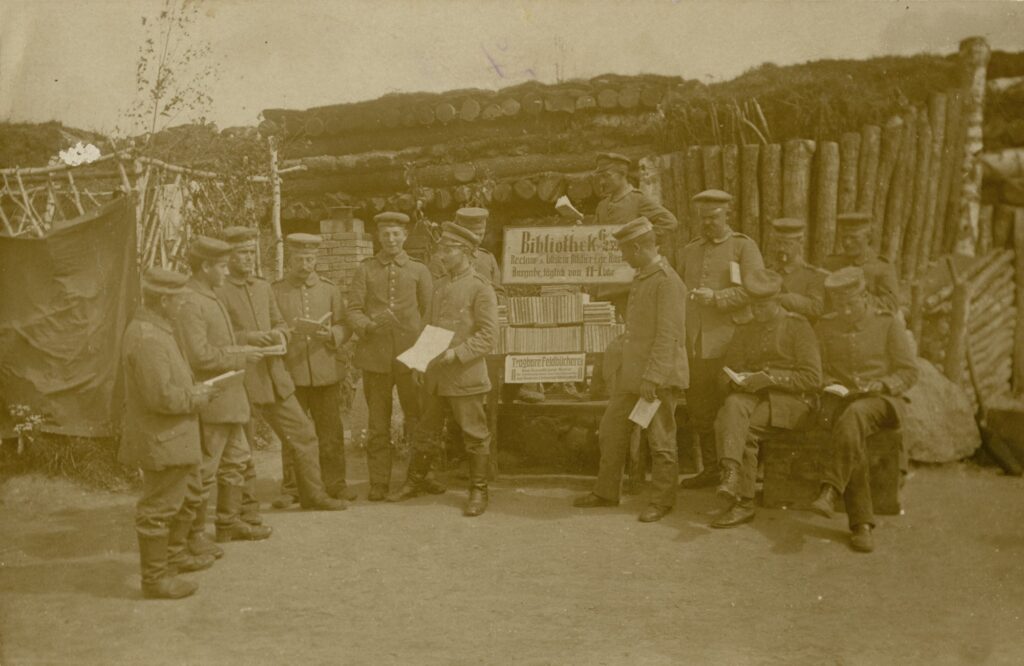The marked cross-border route that crosses the territory of Latvia and Lithuania is offered for your attention. During the First World War, the front line of “Life and Death” was located on the territory of Latvia and Lithuania for several years. A complex system of fortifications with ditches, trenches and bunkers was built on both sides of it. Thousands of soldiers fought and died in fierce battles here, as evidenced by the countless burials of fallen soldiers. During the route No. 790, it is possible to see several better-preserved bunkers, as well as the expositions of the First World War in Medumi and Turmantas (Lithuania), dedicated to the First World War.
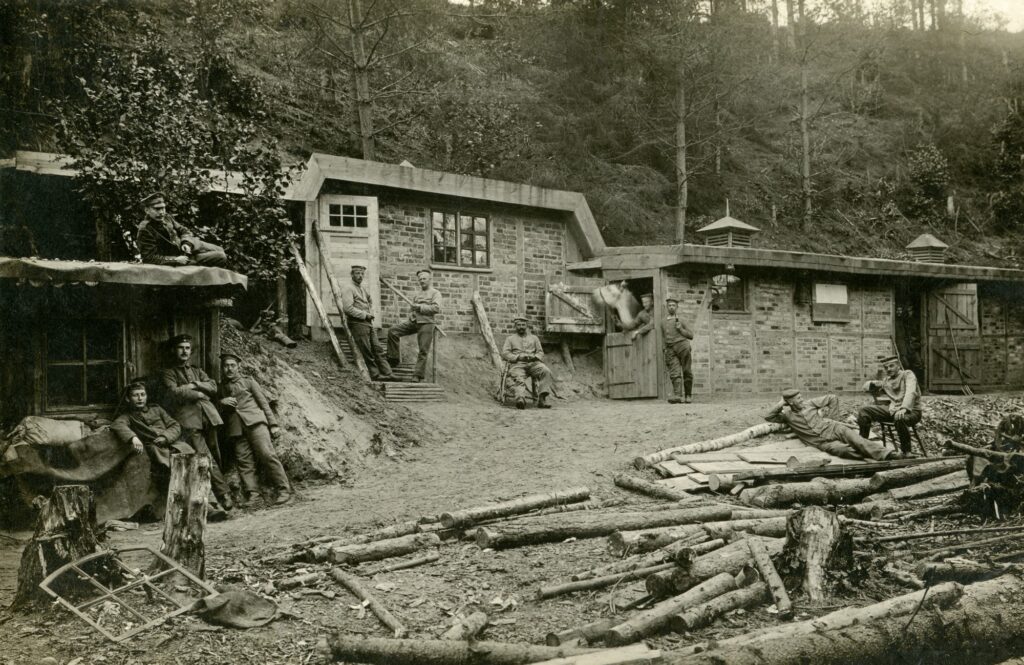
In order to feel better in the war landscape, the Germans spent a lot of time in building underground small towns that would at least somehow resemble homes. Hideouts and other building complexes were placed in the hills, up to 3.8m deep in the ground. The architecture of such buildings was simple: the walls were built of birch or some simpler wood, the cover consisted of three rows of logs laid perpendicular to each other, on which half a meter of earth was poured. The small windows and all the niches were lined with moss, but the stove gave this formation heat and reduced humidity. One hideout was meant for a department – 8 people. It was dark in a hideout because of the lack of kerosene lamps. The work of strengthening a road and preparing wood was entrusted to Russian prisoners.
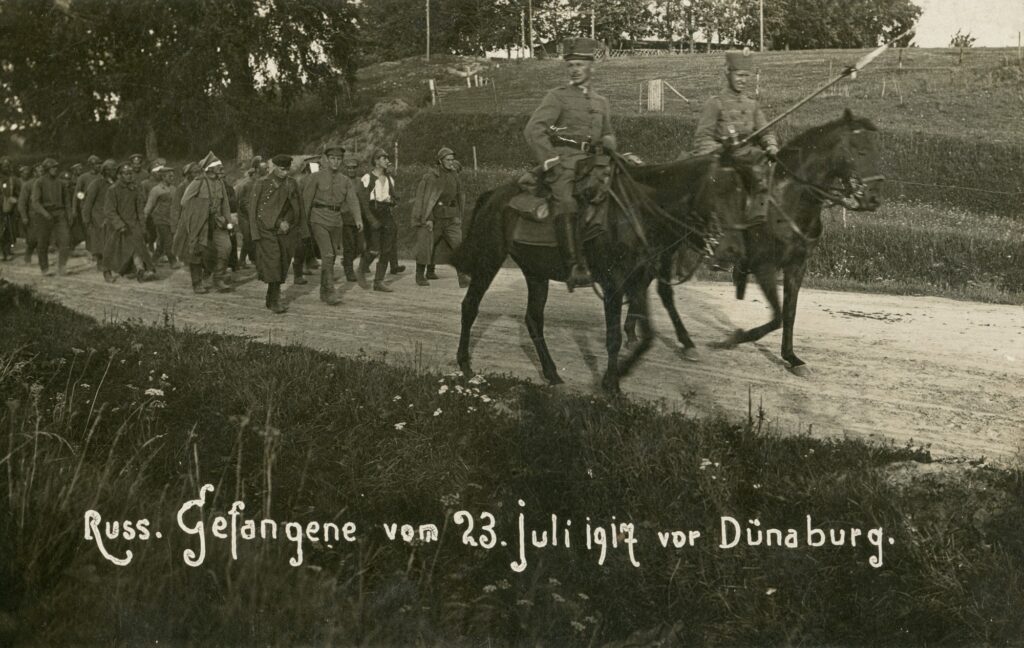
Life was going on behind the second line, including Zarasai. There was a commandant’s office in Zarasai. There was built a rest house, as well as conditions for rest for soldiers, a reading room, writing and game rooms were arranged, a cinema, a brothel, a theater were built. A sports festival was organized, in winter – an ice rink. Regattas and shooting competitions were also held in a lake, military organizations and clubs worked.
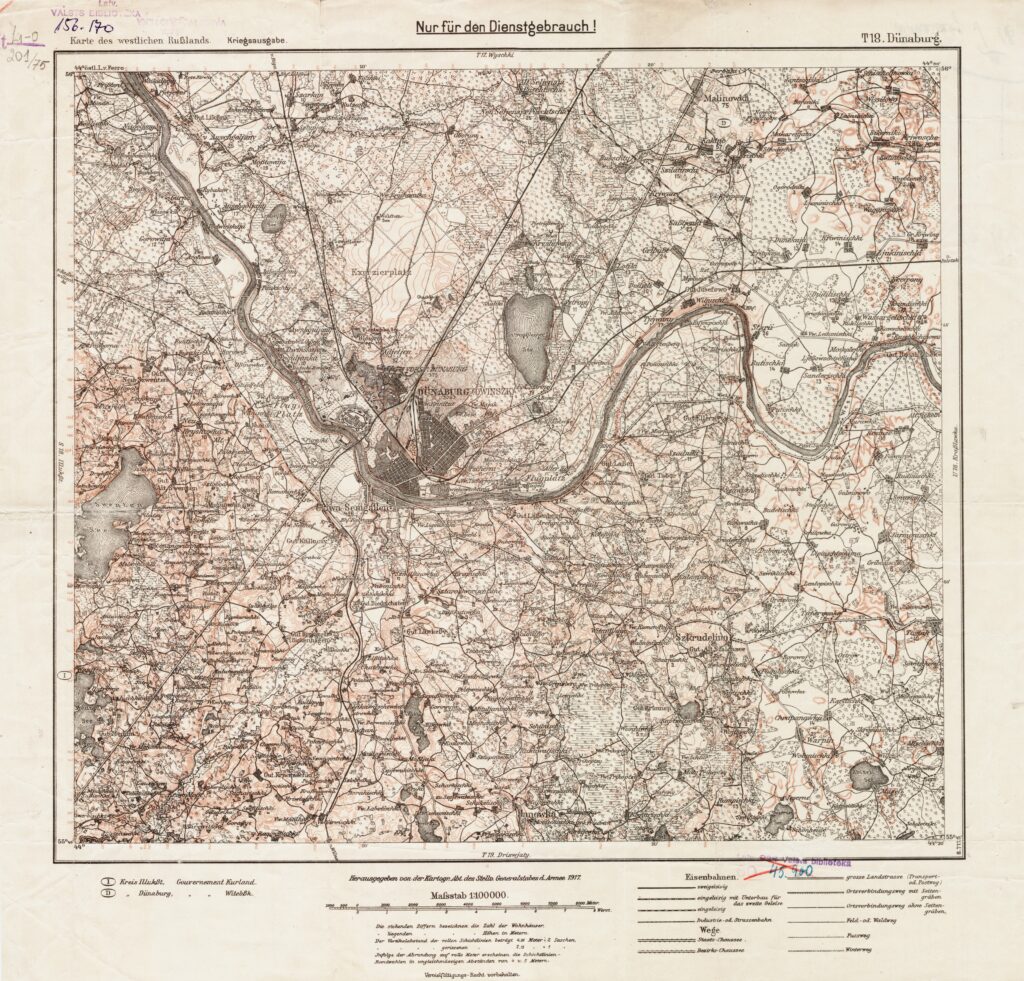
There are also graves of soldiers of the German Empire in the Egyptian cemetery (totally 16-20 soldiers of the German Empire are buried in the cemetery), one unknown soldier of the Russian Empire is also buried among the soldiers of this army. Next to the graves of the soldiers of the German Empire, the pedestal of the monument dedicated to the fallen soldiers of this army has been preserved. The territory began to be used in 1915, when a reserve line was established on the shore of Lake Laukesas, in which a lot of shelters where soldiers lived were dug. One of them has survived to this day. Immediately after that, in the winter of 1915-1916, the 2nd position was dug around the Egyptian cemetery, which covered not only the shelters, but also the castle of the commander of the 77th Reserve Division, which was located on the other shore of Lake Laukesas (German: Lauzensee).
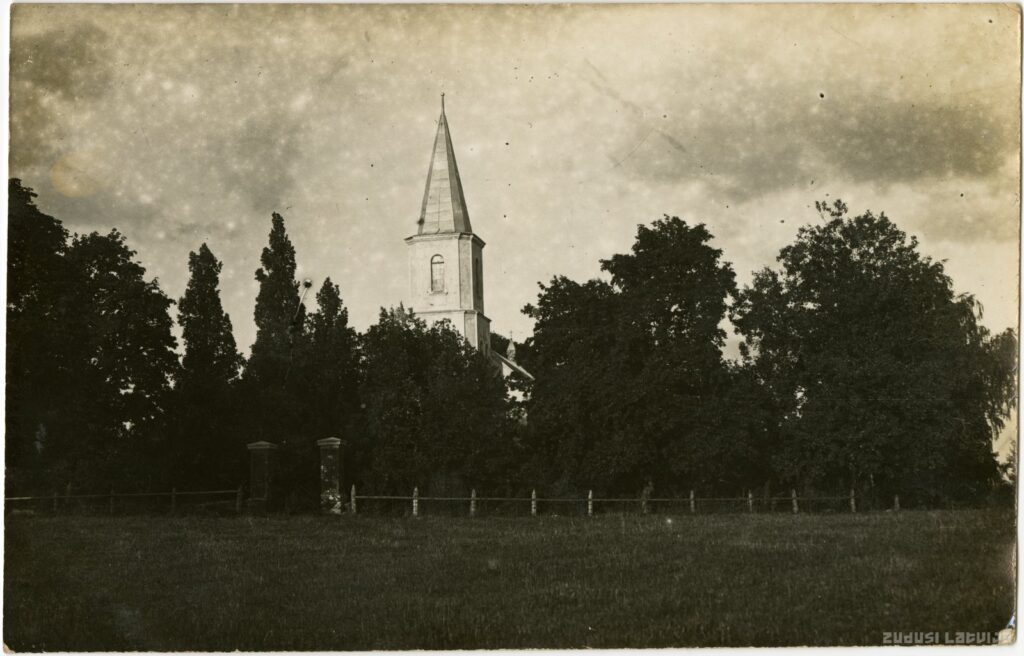
In 1567, the first Lutheran church was built in this place; in 1636, the church suffered from the invasion of the Cossacks; in 1680, the property of Medumi and the settlement of Egypt were sold to Bernhard von Vietinghoff. In 1812, the church was destroyed, the French troops turned it into barracks, then into a horse stable, and later completely destroyed. In 1825, the modern building was built. It was consecrated by the owner of Kalkuni and Medņi (Medumi) manors Karl von Keyserling. In 1831, an organ was purchased for the church and in 1834 the Moscow painter I.Shcherbakov painted the altarpiece “Removal from the Cross”. In 1863, the chamberlain August von Oettingen carried out a complete repair of the church and built a tower, bought an organ. On August 2, the church was reconsecrated. At the suggestion of Gustav Adolf Oskar Svensson, a reading school was opened, attended by 23 students (18 boys and 5 girls). The church organist Andrejs Bernans was appointed as a teacher. In 1862, there were 380 parishioners in the Egyptian congregation, not including children until the consecration. In the autumn of 1874, the nine-year-old Janis Plieksans began to learn basic knowledge in O. Svenson’s retirement home. The stone building of the Egyptian church was badly damaged during the First World War. The Egyptian church was again destroyed except for the outer walls and part of the roof. During the French war and especially during the First World War, the parish archive was completely destroyed. In 1930 – 1936, the church was restored. The renovation works were supported by Andrejs Auzans – general of the Latvian Army, commander of the 2nd Brigade of Latvian Riflemen, chief of the Geodesy and Topographic Department of the General Staff.
